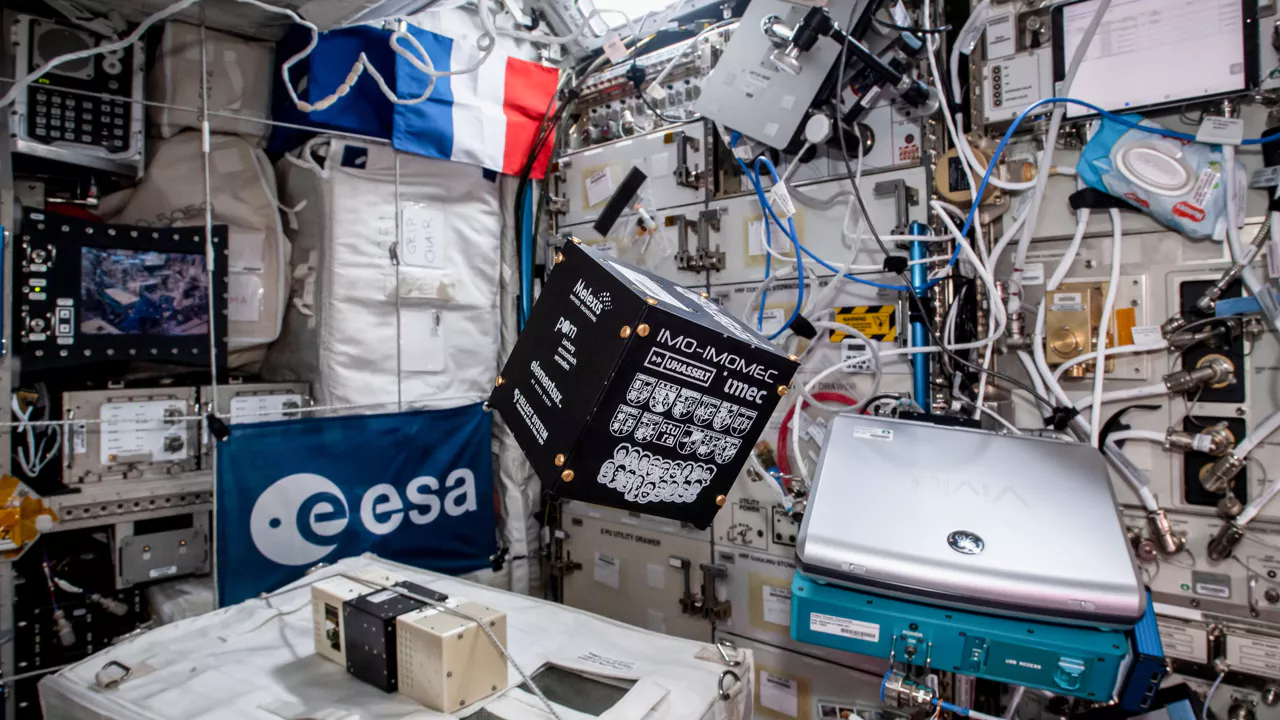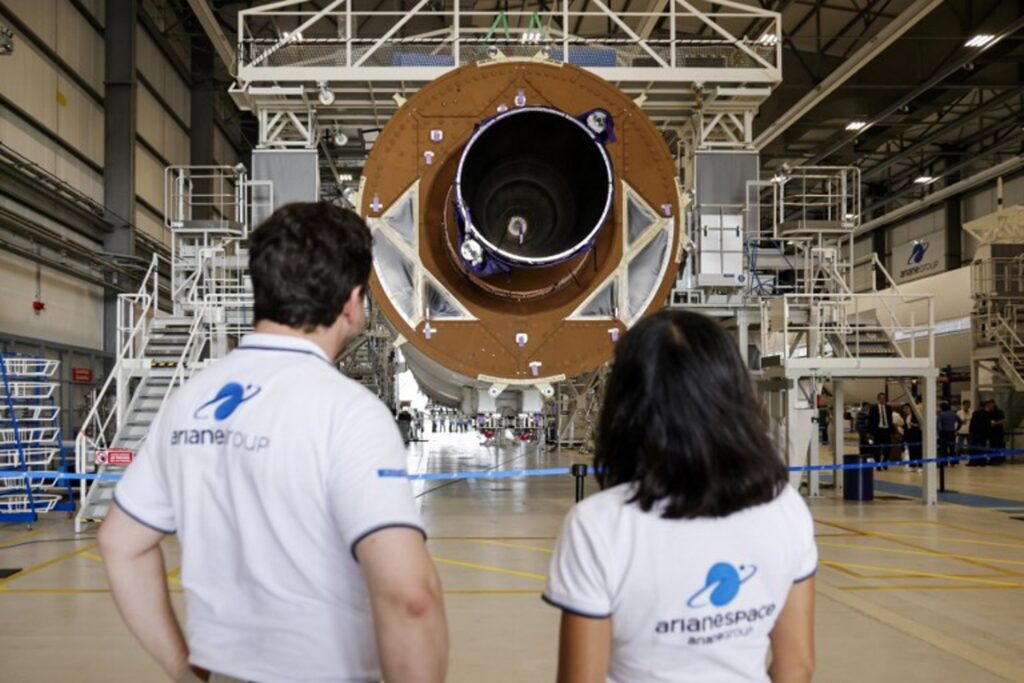Europe will finally regain independent access to space as its new Ariane 6 is expected to lift off on its maiden flight – with Belgian finance and technology having played a key role in the project's launch.
After four years of delays, the European Space Agency (ESA) is finally launching its Ariane 6 rocket, its most powerful so far, on Tuesday at 15:00 (Belgian time) at Europe's Spaceport in Kourou, French Guiana.
The unmanned rocket carries with it the continent’s hopes of fending off rising competition from Elon Musk’s SpaceX, which it has relied on to launch satellites since the new rocket’s predecessor, Ariane 5, retired a year ago.
On the eve of the launch, BELSPO (Belgian Science Policy Office, which is responsible for international space research and development) underlined the significance of Belgium's contribution to the €4.5-billion programme.
🚀 It’s launch day for #Ariane6 #VA262, taking Europe into a new era of space transportation!
— European Space Agency (@esa) July 9, 2024
📺 Watch live on YouTube from 18:30 BST/19:30 CEST 👉 https://t.co/z7YenicO9Z
🚀 Liftoff scheduled for 19:00 BST/20:00 CEST.
🔗 https://t.co/N5480lH4ko pic.twitter.com/UgenWrQ7zm
"Belgium ranks fifth out of 13 European countries contributing financially to Ariane 6 and since 2012, the country has invested €222 million in it through the European Space Agency (ESA), which is 4% of the total cost of developing Ariane 6," the organisation noted.
With this investment, Belgium hopes to strengthen its national technological and industrial capacity, while contributing to providing Europe with independent access to space.
Belgian involvement
When it comes to providing the technology, one of Belgium's main aerospace companies, SABCA (also known for maintaining F-16s and F-35s) has constructed parts for the rocket's engines and main body, as well as manufactured systems that propel the rocket's nozzle in the right direction in a millisecond.
Adding to that, Charleroi aerospace and defence company Safran Aero Booster produced precision valves for the engine, while space company Sonaca, based in Gosselies, worked on metal structures for the launch pad. TAS-B developed a safety chain and the electrical control of valves as a subcontractor to SABCA, and the experts at the Université de Liège (CSL) conducted tests for component validation.

The OSCAR-QUBE+. Credit: ESA
A group of 26 students from UHasselt in Limburg developed OSCAR-QUBE+, a device that maps the magnetic field around the Earth, which will be on board the rocket. It is hoped to improve Ariane 6's navigation systems. It previously spent a year aboard the International Space Station ISS.
Other Belgian companies also contributed to the ground systems required to ensure the smooth running of the launches, including Engie Axima, Cegelec, Fabricom, Timelink Microsystems and TranzCom.
Finally, a Belgian experiment named Peregrinus is among one of the 11 "passengers" – several satellites, deployers and experiments from space agencies, companies, research institutes, universities and young professionals – on board Ariane 6. It was developed by high-school students at Sint-Pieterscollege in Brussels and the Institut Vallée Bailly. The science mission’s goal in orbit is to measure the correlation between Earth’s magnetic field and the intensity of hard X-ray and soft gamma radiation.
"Belgium's participation in the Ariane 6 programme reinforces Belgium's leading role in space research," Arnaud Vajda, chairman of the executive committee of BELSPO, said. "These investments provide both an economic and scientific return, support innovation at the same time and strengthen our position in the European space sector."
Ariane 6's first commercial flight is scheduled for later this year. Eventually, Ariane 6 should carry out nine launches a year. The launch can be watched here.

